How School-Based ABA Therapy Addresses IEP Goals
The Synergy of ABA Therapy and IEPs in Enhancing Educational Outcomes for Students with ASD
Introduction
Applied Behavior Analysis (ABA) therapy has emerged as a pivotal methodology in addressing the educational needs of children with Autism Spectrum Disorder (ASD). When integrated with Individualized Education Programs (IEPs), ABA therapy provides a structured framework for attaining specific educational objectives. This article delves into how school-based ABA therapy aligns with and addresses IEP goals, offering an evidence-based approach that supports students' educational and developmental progress.
Understanding IEPs and Their Role in ABA Therapy
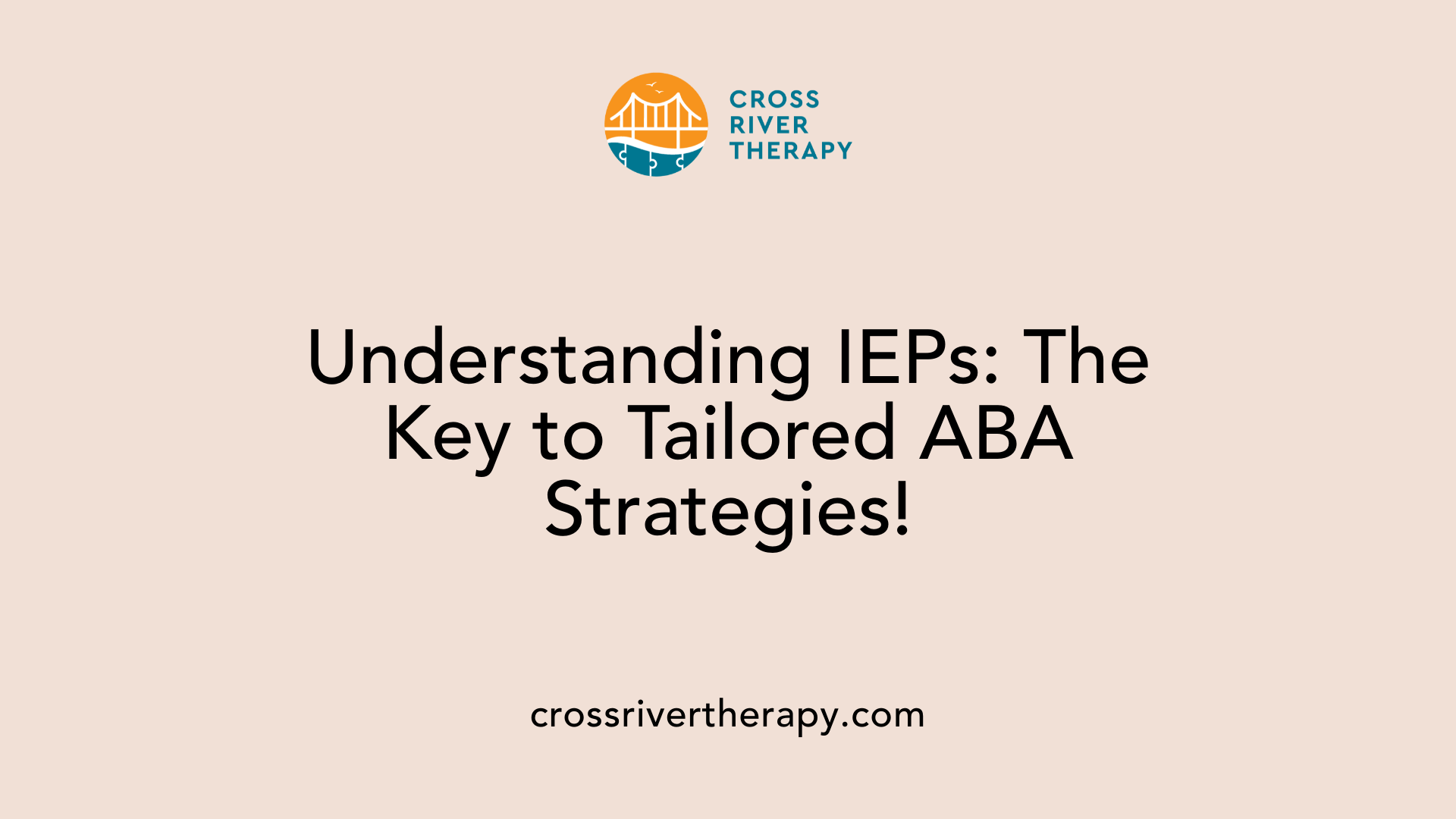
What is an IEP in ABA therapy?
An IEP, or Individualized Education Plan, is a tailored program designed for children with autism or other special needs to ensure they receive appropriate educational support. It outlines specific goals and the specialized instruction and services necessary for helping the child progress academically and socially.
How do IEPs guide educational objectives?
IEPs serve as vital tools to enhance student achievement, including skills like self-advocacy, which empower students to seek help when needed. The development of IEPs involves collaboration among parents, teachers, and professionals like BCBAs, ensuring relevant educational outcomes.
Influence of IEPs in ABA therapy for children with autism
Incorporating ABA therapy into an IEP is a critical process. This collaboration ensures behavioral and educational strategies are aligned with each child's unique needs. ABA therapists create individualized goals based on comprehensive assessments, guiding interventions that can lead to improved communication, social behaviors, and reduced disruptions in the classroom. When ABA therapy aligns with IEP objectives, it significantly enhances the chances of achieving desired educational outcomes, thus promoting overall development for children with ASD.
The Collaborative Effort of ABA Therapy and School Resources
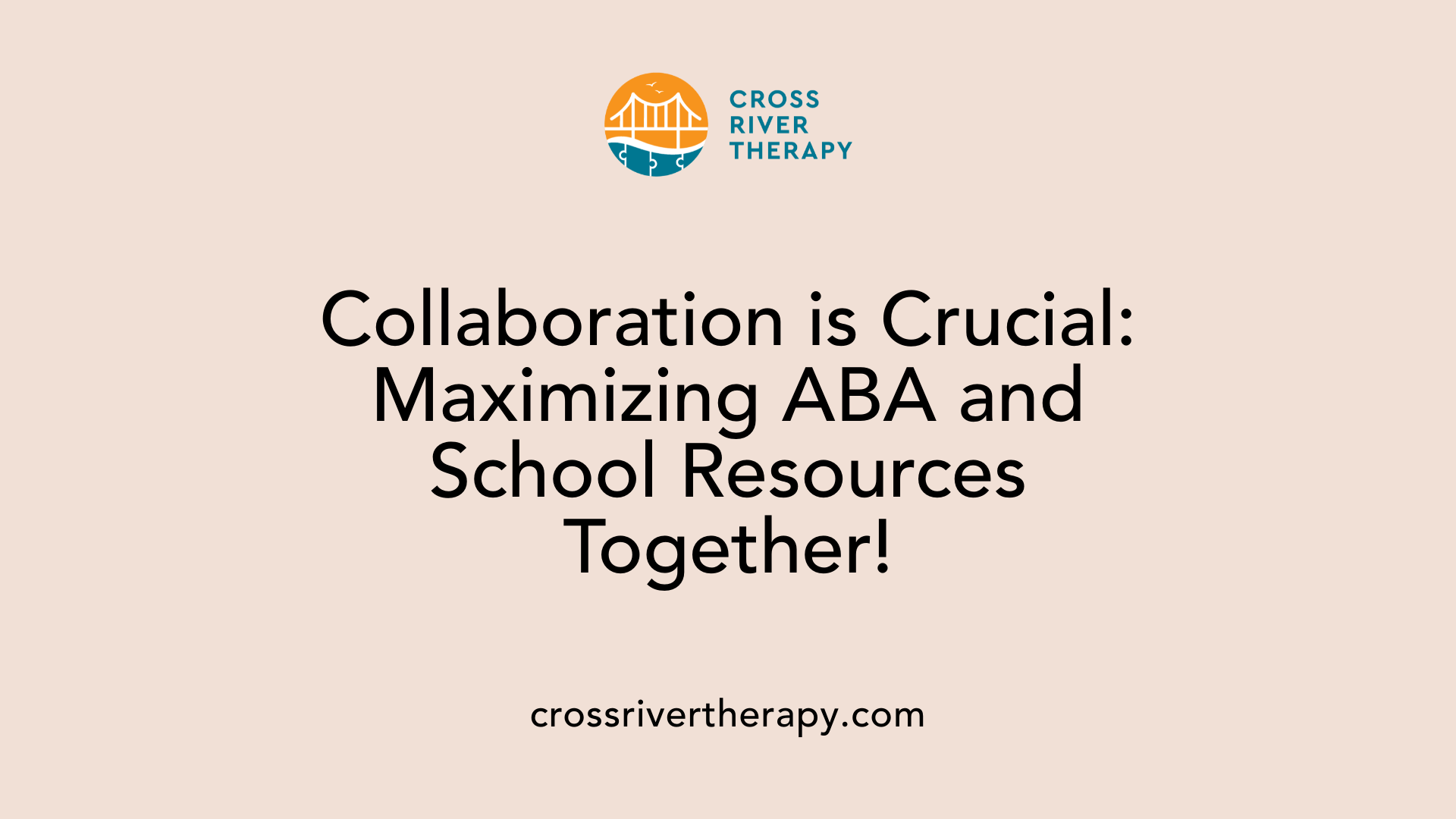
How does ABA therapy work with schools?
ABA therapy integrates systematically within school systems by aligning educational strategies through individualized assessment and intervention plans tailored to meet the unique requirements of children with Autism Spectrum Disorder (ASD).
Through rigorous assessments, Board Certified Behavior Analysts (BCBAs) identify specific strengths and weaknesses, ensuring that the strategies implemented support both the academic and social goals set in each child's Individualized Education Plan (IEP). This holistic collaboration between ABA professionals and educational teams is vital for fostering optimal learning environments.
Roles of BCBAs and RBTs in supporting IEP goals
BCBAs play a pivotal role within educational institutions by collaborating with teachers and specialists to develop Behavior Intervention Plans (BIPs). Their responsibilities include conducting behavioral evaluations, forming targeted strategies, and overseeing the implementation of these interventions. Registered Behavior Technicians (RBTs) assist in executing these plans, supporting students directly while collecting data on behavior to track progress against IEP goals.
Through training educators on effective ABA strategies, BCBAs ensure that support for the student is consistent across all environments, enhancing the benefits of the interventions in both classrooms and at home.
Development of BIPs for addressing IEP needs
The creation of BIPs is guided by the collaborative input of parents, educators, and BCBAs. These plans are designed with specific behavioral objectives aimed at improving student conduct in educational settings while addressing the therapeutic goals outlined in the IEP.
Key goals of BIPs include enhancing communication skills, encouraging appropriate social interactions, and fostering autonomy in students. Data collection is instrumental for monitoring students’ progress, allowing professionals to make informed adjustments to their interventions.
Ultimately, the collaboration between ABA providers and educational institutions not only boosts children's educational outcomes but also cultivates independence and improved social behavior crucial for their overall development.
Facilitating Transitions with ABA Therapy
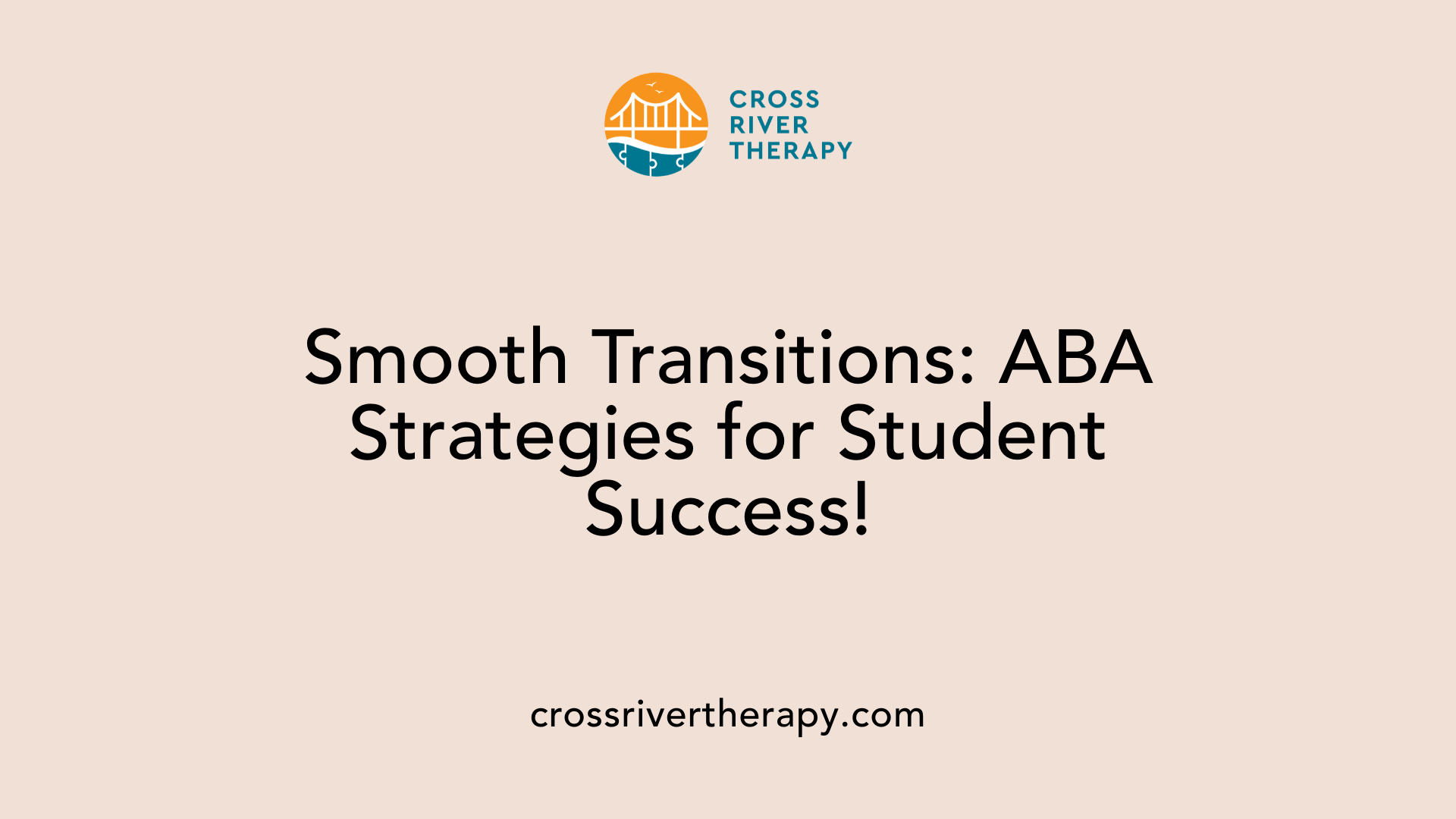
What role does ABA play in school-based transition services?
Applied Behavior Analysis (ABA) plays a crucial role in school-based transition services by providing evidence-based strategies tailored to each student's unique needs. It focuses on enhancing student attention and engagement, promoting both academic and social skills during critical transitional periods.
ABA practitioners collaborate with educators and families to establish clear goals and monitor progress. This collaborative process boosts students' skill development, preparing them for new educational environments.
Moreover, ABA can help reduce challenging behaviors that may impede learning, thus fostering a positive school experience. By utilizing systematic approaches, ABA equips students with essential tools to thrive in school and beyond.
Importance of ABA in school-based transitions
The implementation of ABA strategies during school transitions enhances overall readiness and adaptability. ABA practitioners conduct comprehensive assessments to identify each student’s strengths and challenges, guiding the creation of tailored behavior intervention plans (BIPs).
Through targeted interventions, students improve critical skill areas, such as communication and social interactions, which are vital for successful transitions, whether moving between grades or starting school.
Strategies for enhancing school readiness
Some effective strategies include:
- Data Collection: Regularly track student progress to adjust interventions as needed.
- Individualized Goals: Create specific, measurable goals aligned with the student's IEP to foster skill mastery.
- Collaboration: Work with educators and families to ensure consistent support and reinforcement across settings.
These strategies not only promote school readiness but also enhance adaptability, enabling students to apply new skills effectively across various environments.
Strategic Use of ABA to Achieve IEP Goals
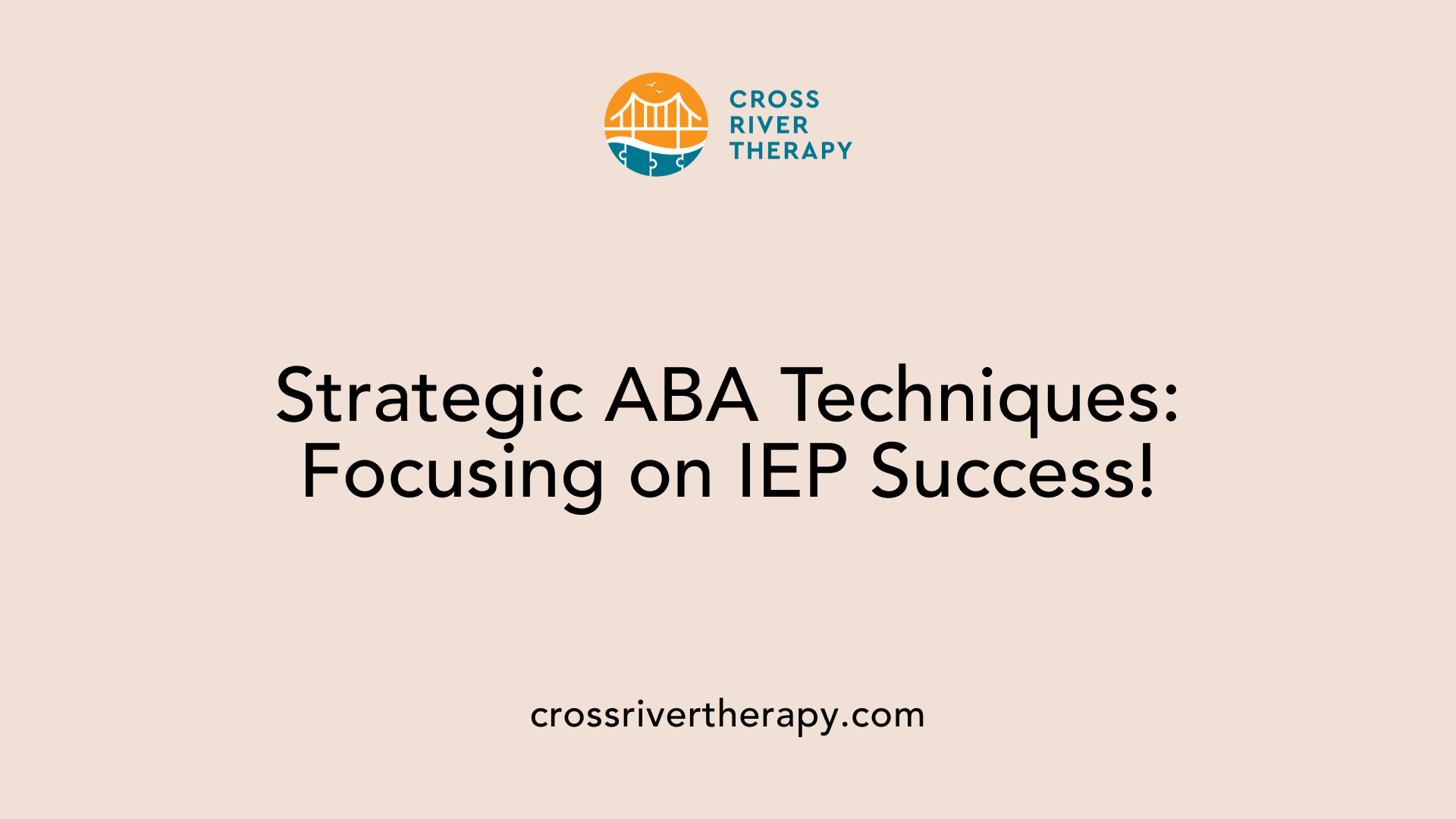
How can ABA therapy assist with meeting IEP goals?
ABA therapy plays a pivotal role in helping achieve IEP goals by providing structured, evidence-based strategies tailored to target essential developmental areas. The focus areas include:
- Communication skills: Techniques such as verbal prompts and modeling can enhance children's ability to express needs effectively.
- Social skills: Social stories and role-playing encourage interactions, helping children engage better with peers.
- Emotional regulation: Visual schedules and coping strategies assist in managing feelings and behaviors during challenging situations.
Each IEP is customized to address individual strengths and areas for improvement, making it essential for ABA strategies to align with these personalized goals. As children show progress, the goals are adapted to introduce new challenges, promoting continuous development.
Techniques used in ABA to address developmental areas
ABA uses an array of techniques to support IEP objectives. Common methods include:
| Technique | Purpose | Goal |
|---|---|---|
| Discrete Trial Training | Direct teaching of specific skills | Increase skill acquisition through repetition and feedback |
| Natural Environment Training | Learning skills in real-life scenarios | Facilitate generalization of skills across settings |
| Functional Behavior Assessment | Understand the purpose of behaviors | Develop targeted intervention plans |
These approaches enable children to acquire and reinforce skills essential for their educational success.
Ongoing adaptation of goals in line with student progress
Data collection is a cornerstone of ABA therapy. Therapists continuously monitor progress, documenting behavioral changes and skill mastery. This iterative process allows:
- Review and revision of IEP goals based on collected data and observed progress.
- Collaboration among educators, parents, and therapists to ensure a coherent approach in achieving educational objectives.
With this adaptive strategy, ABA therapy seamlessly integrates with the IEP process, ensuring each child is supported in their growth and learning journey.
Implementation of School-Based ABA Therapy and Measurement of Success
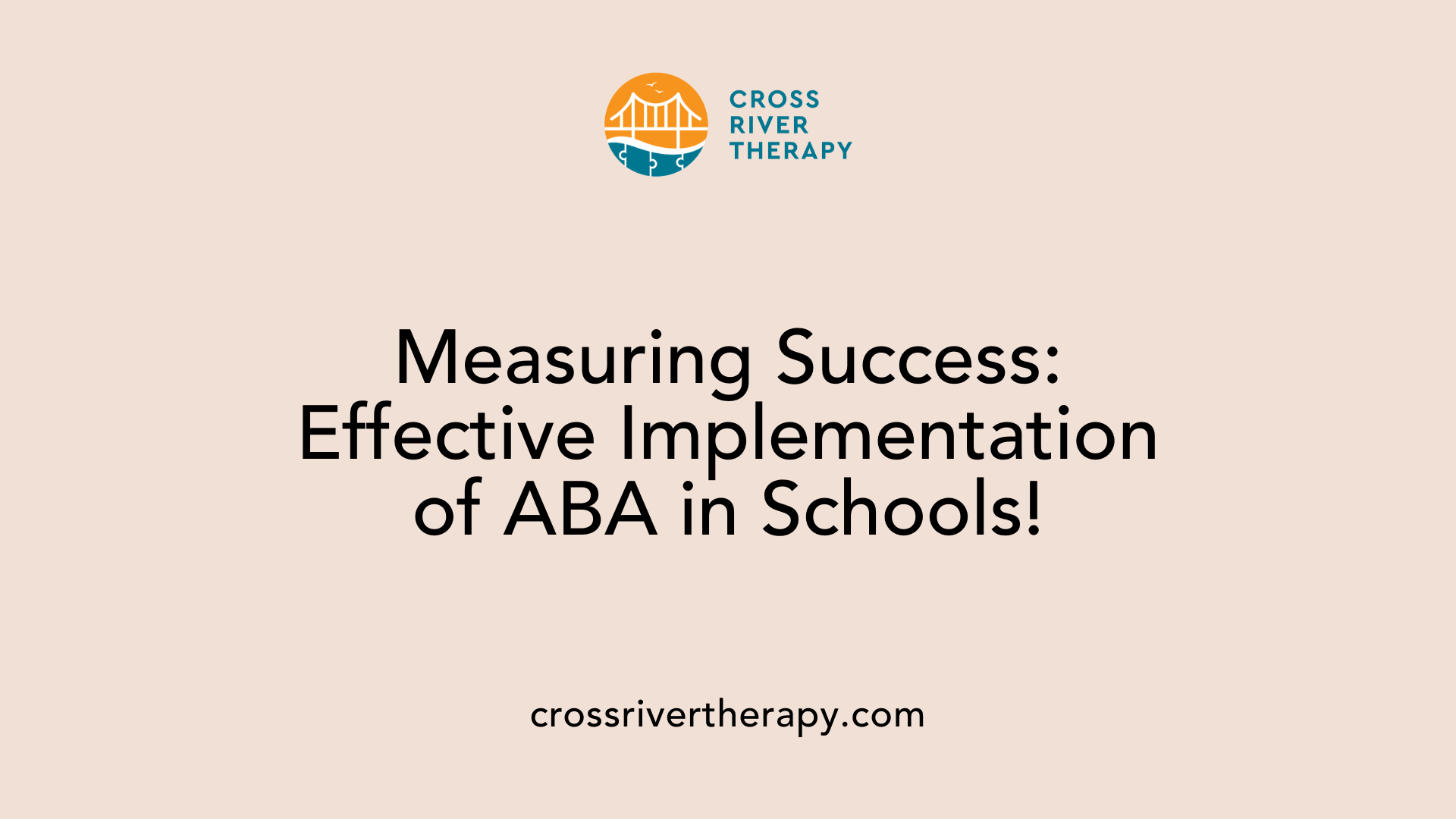
How does school-based ABA therapy address IEP goals?
School-based ABA therapy is strategically designed to meet individual education plan (IEP) goals through the development of tailored Behavior Intervention Plans (BIPs). Each BIP is customized to align with the unique needs of students, thereby ensuring that interventions directly support educational objectives.
Board Certified Behavior Analysts (BCBAs) play a pivotal role in this process by conducting comprehensive assessments to identify specific strengths and challenges of students. They collaborate extensively with the IEP team to establish SMART goals—specific, measurable, attainable, relevant, and time-bound—facilitating effective tracking of student progress.
Registered Behavior Technicians (RBTs), under the supervision of BCBAs, carry out the implementation of these plans. They focus on enhancing vital skills across various domains such as communication, social interaction, and academic performance. This collaborative approach among ABA professionals and educators strengthens support for students facing diverse behavioral and learning difficulties.
Role of BCBAs in school-based ABA
BCBAs have a crucial role within schools, where they:
- Observe student behavior and conduct assessments to tailor interventions.
- Create and refine BIPs as part of the IEP process.
- Train and coach school staff on effective ABA strategies to ensure consistency across learning environments.
Their expertise enhances the educational support provided, ensuring that interventions are evidence-based and responsive to students' ongoing progress.
Data-driven techniques and goal setting
Data collection is an integral aspect of ABA therapy. BCBAs and RBTs consistently gather data on student behaviors and skill acquisition to inform:
- Adjustments to interventions and treatment plans.
- The effectiveness of specific strategies in meeting IEP goals.
This data-driven approach not only tracks student progress but also facilitates measurable outcomes that align with the IEP objectives, ultimately promoting a robust learning environment.
Efficacy of Behavior Intervention Plans (BIPs)
BIPs are foundational to the success of school-based ABA therapy. These plans:
- Identify specific behaviors that need modification.
- Outline strategies and interventions tailored to individual student needs.
- Promote generalization of skills across various settings through structured support.
Implemented effectively, BIPs can lead to significant improvements in communication, social skills, and reduced classroom disruptions, thus enhancing overall educational outcomes for students with autism and other behavioral challenges.
Broader Impacts of ABA Therapy on Educational Success
What is the importance of ABA therapy in the educational success of children with disabilities?
The importance of ABA therapy in the educational success of children with disabilities lies in its tailored, evidence-based approach that addresses individual needs and promotes positive behaviors. This therapy utilizes strategies such as positive reinforcement to effectively enhance communication skills, social interactions, and cognitive abilities—all crucial components for successful learning in inclusive classrooms.
ABA therapists collaborate with educators to create individualized behavior intervention plans (BIPs) that align with the child's Individualized Education Plan (IEP). This collaboration ensures that the ABA strategies used are specifically designed to meet the unique needs of each student.
Data-driven methods are integral to ABA therapy, facilitating monitoring of progress and effectiveness of interventions. This means that educators can make necessary adjustments to better meet students’ educational goals, enhancing overall learning experiences. Moreover, as students make strides in their educational journey, ABA helps foster independence, enabling them to interact more effectively within their learning environments and develop essential life skills.
Benefits of ABA in Fostering Educational and Social Development
The benefits of ABA therapy extend beyond academic achievement. It promotes:
- Enhanced Communication: Programs target improvements in language and expressive skills.
- Improved Social Interaction: Interventions encourage engagement with peers, helping to foster friendships.
- Behavior Management: Teaching coping strategies reduces disruptive behaviors, enhancing the classroom environment for everyone.
Evidence-Based Strategies and Their Outcomes
Research supports the effectiveness of ABA in educational settings. Key outcomes include:
- Reduction in classroom disruptions.
- Improved social behavior and relationships with peers.
- Increased academic performance and classroom participation.
These strategies ensure children with disabilities not only meet IEP goals but thrive as active participants in their learning environments.
Long-Term Benefits for Children with Disabilities
The long-term benefits of ABA therapy are significant. Children typically see improvements that include:
- Lifelong skills for independence.
- Better emotional regulation and coping mechanisms.
- Enhanced quality of life through effective social integration and communication.
By grounding interventions in evidence-based practices, ABA therapy not only impacts immediate educational success but also helps lay the foundation for future growth, well-being, and independence.
Conclusion
The integration of ABA therapy in school settings through IEPs offers a comprehensive strategy to promote both educational accomplishments and psychosocial growth for children with ASD. Through careful assessment, goal synchronization, and ongoing collaboration among educators, therapists, and families, school-based ABA therapy significantly contributes to creating inclusive, supportive environments where students can thrive academically and socially. By adapting to the unique needs of each student, ABA not only aids in addressing immediate educational challenges but also equips them with skills crucial for lifelong success.
References
- ABA Therapy: Key Strategies and How They Relate to IEPs
- Learning with ABA in Schools | Behavior Support in Schools
- Unit 17: ABA for School Readiness: Parent's Guide to IEP - AutismCOE
- [PDF] Applied Behavior Analysis (ABA) Services
- School based ABA - Arise Autism Center
- How Your BCBA Can Participate in Your Child's IEP Meeting
- ABA and Special Education: An Overview - The IEP Attorney
- ABA Therapy vs School: Making the Right Choice For Your Child
- ABA Therapy vs Speech Therapy for ASD: Which is Better for My ...
- IEP Development - ABA Institute Inc.



